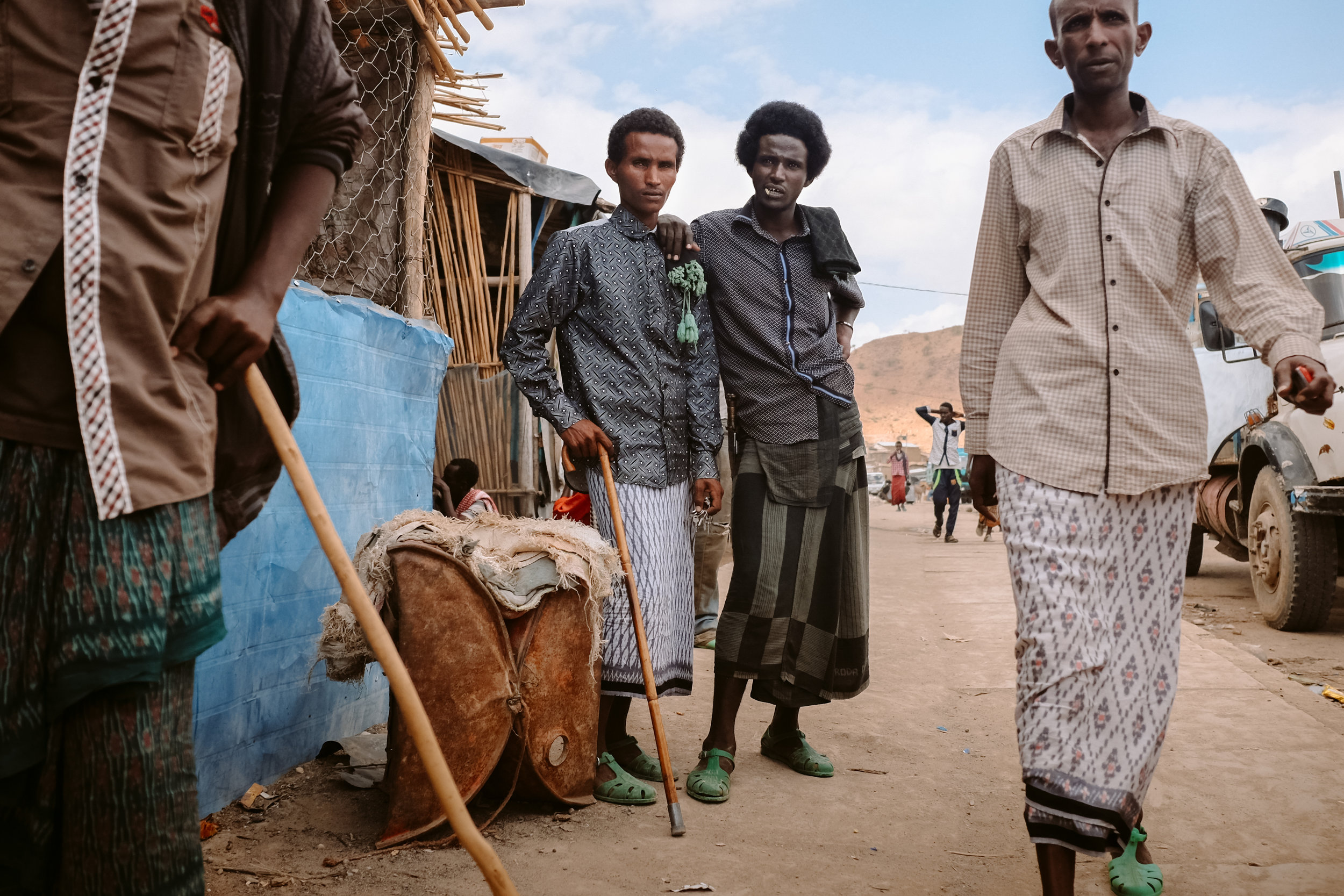
Putting big city fashionistas to shame - A pair of well dressed Afar youths looking cool by the main road of a highway village.
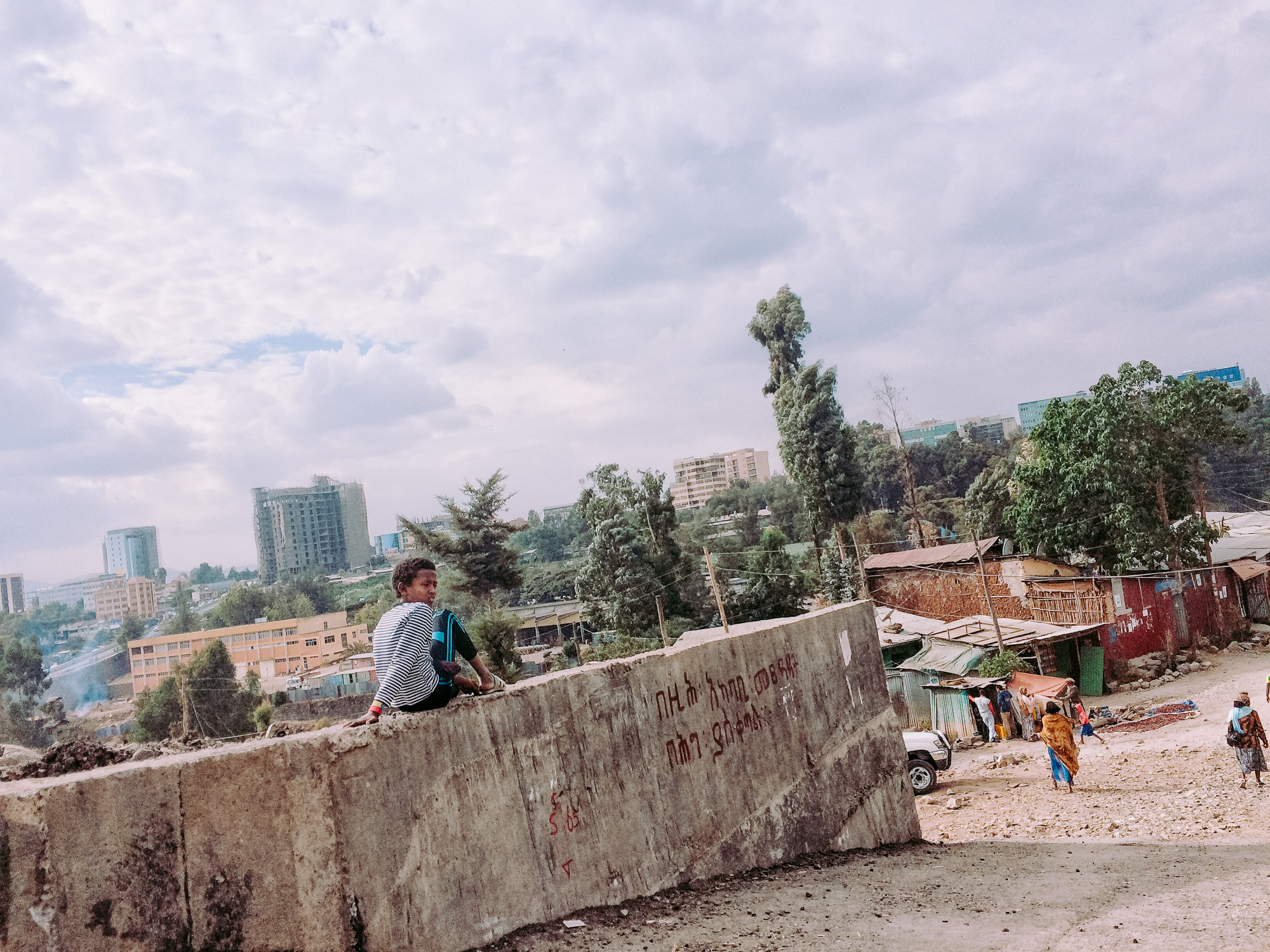
A young boy watches as kids play and goof around on their way home from school.
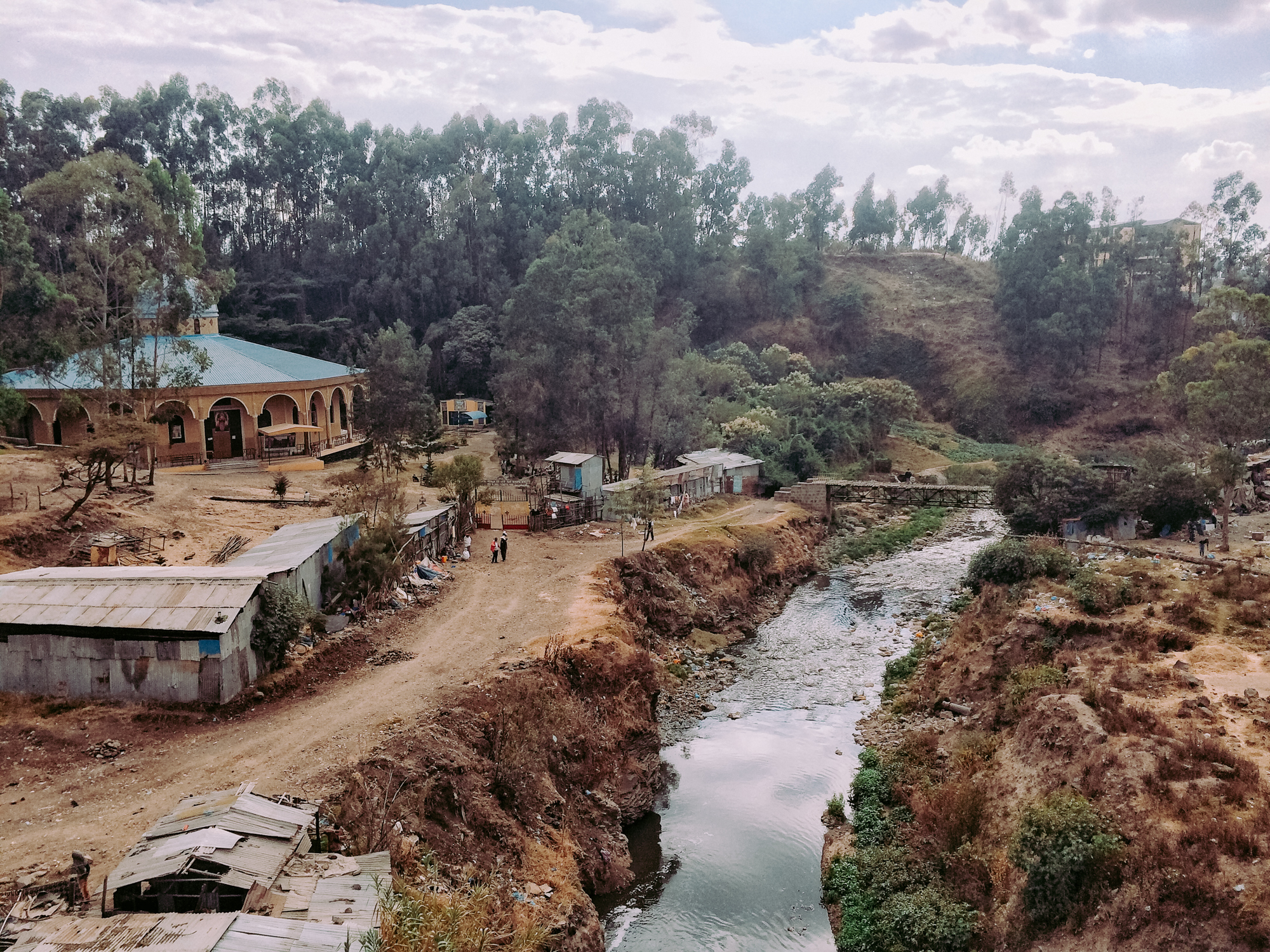
Bulbula runs through a small settlement that's located just a stone's throw west of the airport. To the left sits Abune Gorgorios, one of the hundreds of churches that dot the city.

The sound of roaring magma (eerily reminiscent of ocean waves) fills the still desert air as dawn breaks in the distance. Despite the region's famous inhospitality, the volcano manages to draw hundreds of tourists a year to Afar, eager to see "The Gateway to Hell" with their own eyes.

Excited chatter falls to deadly silence as the volcano mouth comes into full view. Awestruck, tourists are known to sit in silence for hours on end gazing into its depths.
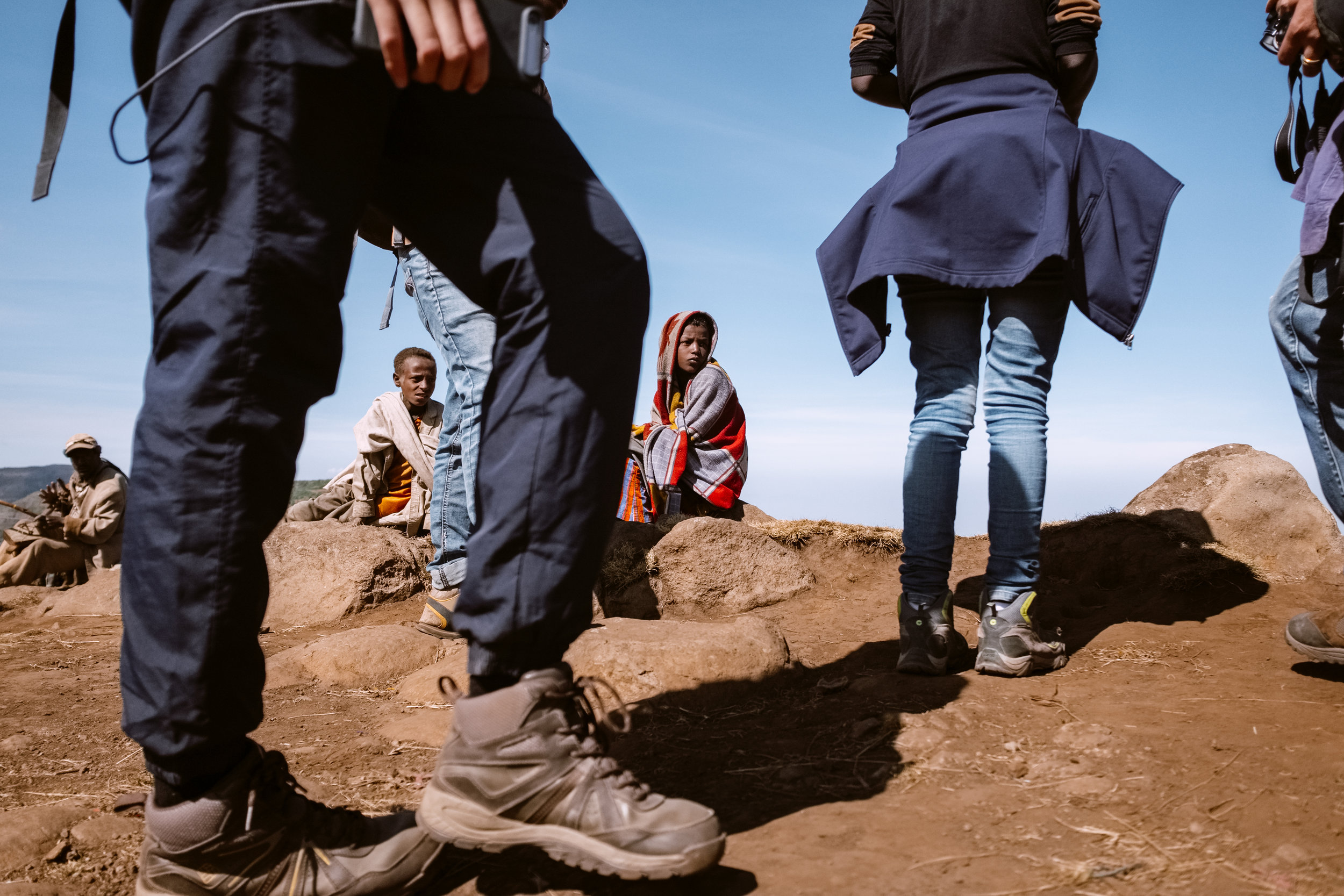
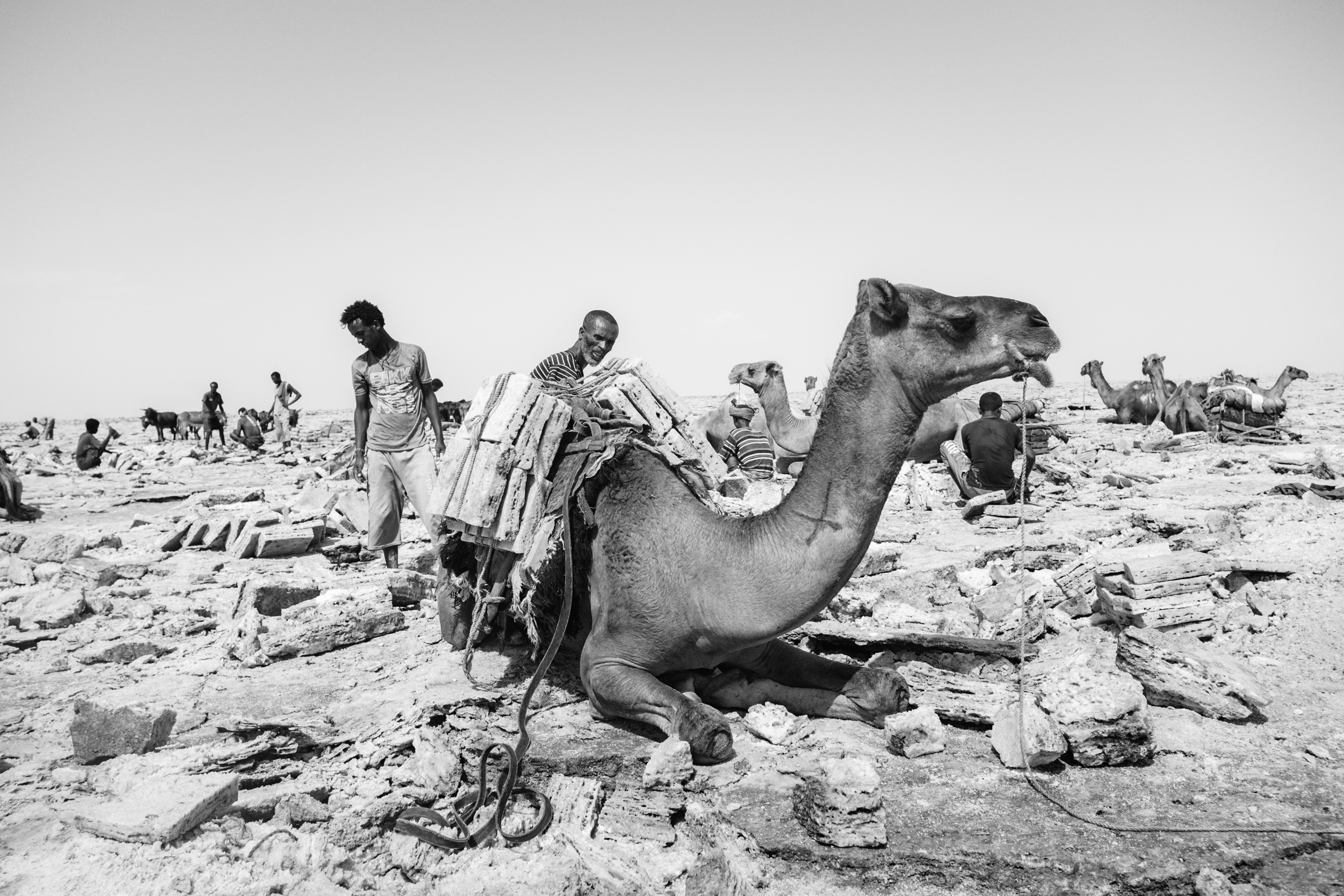
Yohannes our guide looks at @iamjaynedoe and I and shrugs, "Me? I cannot do it. Honestly, if you ask me, I'd rather die." I was surprised - Yohannes was a tough-looking guy. When I pointed out that he definitely looked stronger and sturdier than any of the Afar or Tigray miners working the salt, he explained to us that it's not the body but the mind. "These men have been doing this for over 2500 years." "First the Tigray workers will ram the poles into the salt and use their body weight to pry it out of the ground. Then, the Afar workers will cut the larger pieces into the tiles. They will then walk with their camels for 7 days to Mekele where each tile will sell for about 14 Bir (70 cents) and they will do this all their lives." At the salt plains there was no shelter or water to drink. With the sun raging down, I couldn't stand being out there for a mere 20 minutes, let alone my entire life.
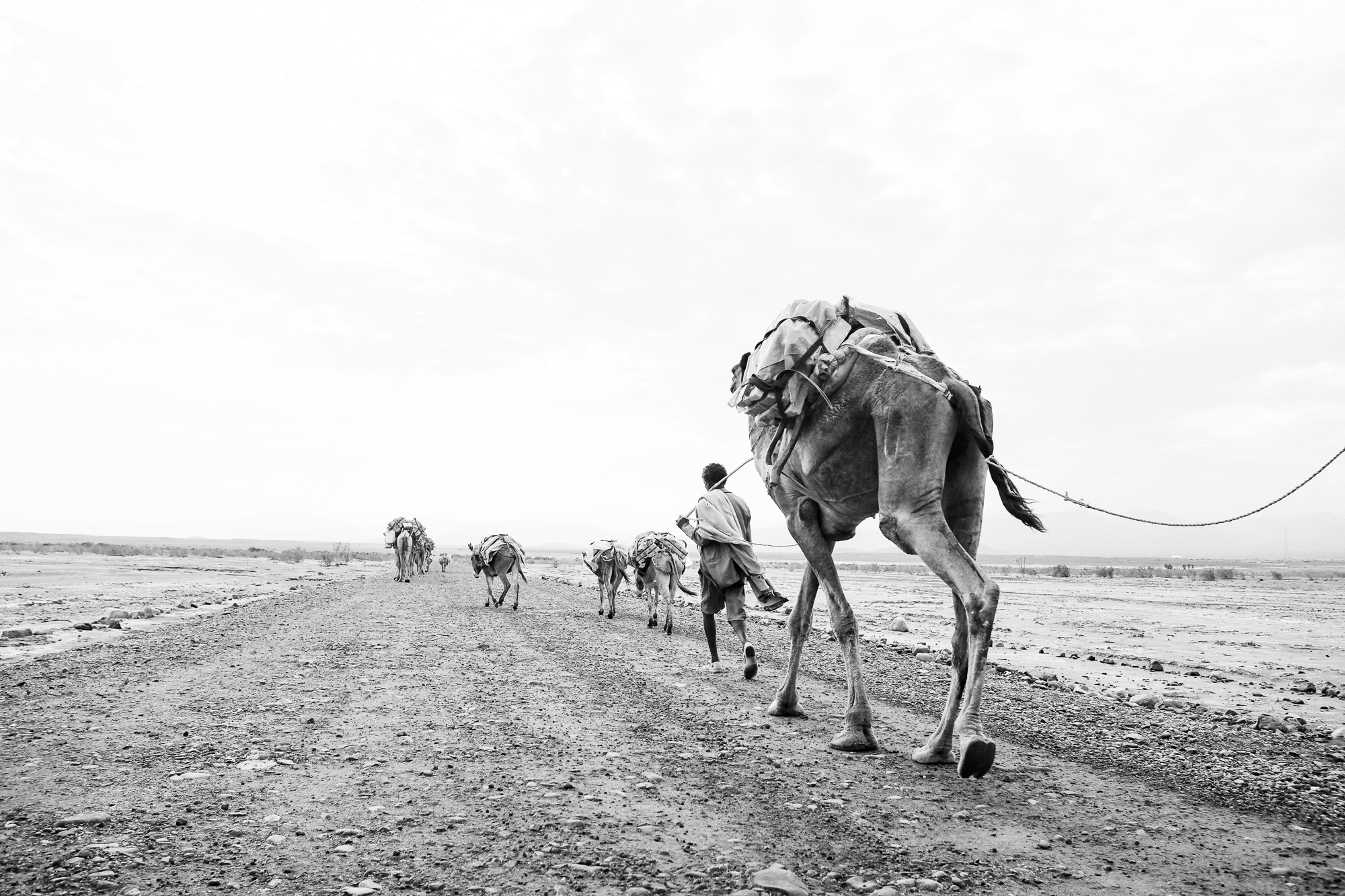
In Danakil, there is no water or shelter and daytime temperatures can soar to over 50 degrees celcius. Trading is done in Mekele (a 7 day walk away) where the tiles fetch around 14 Bir (70 cents) a piece.
Rumour has it that a private mining company has shown interest in setting up a plant to mine and process the 800 metre deep salt lake. A tricky situation as no one, not even the government can lay claim to the lake other than the Afar and Tigray miners. "I hope they don't try". Yohannes said as we made our way back to the air-conditioned comfort of our land cruisers. "Because people are going to die, and I don't mean the miners."
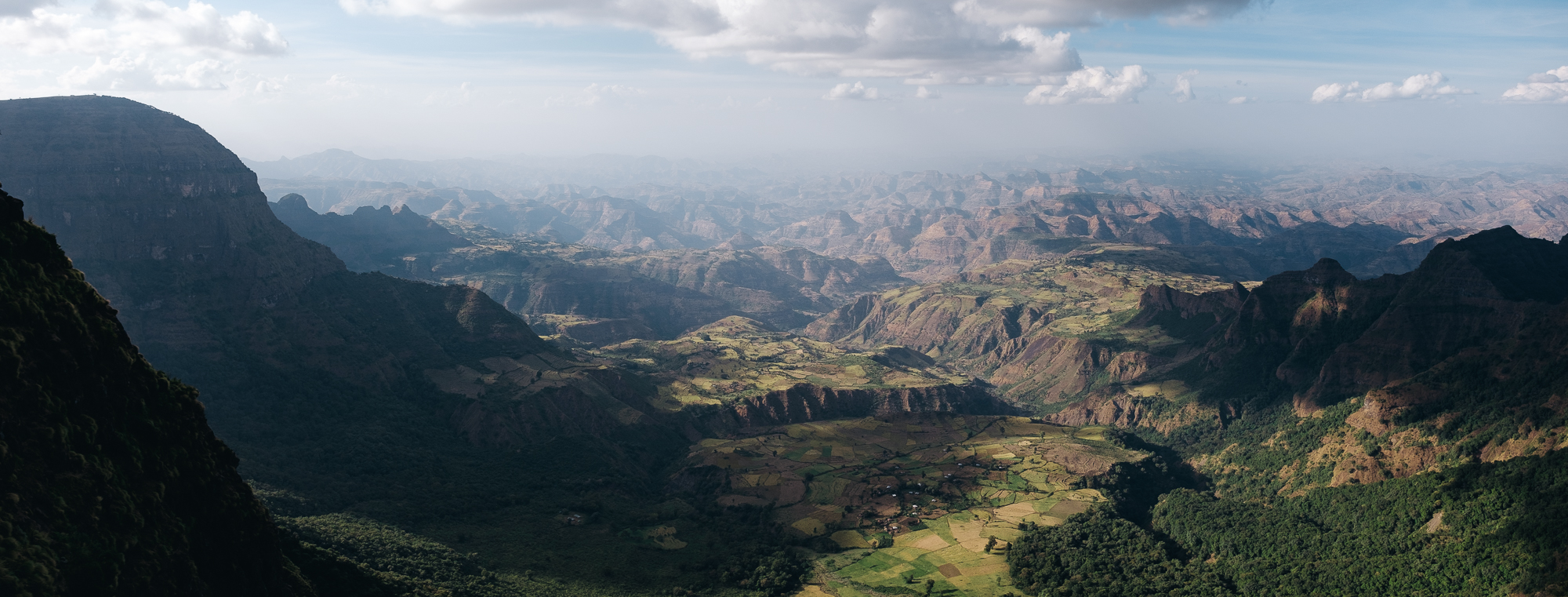
Many farmers lost their homes when the Simien mountains were declared a Unesco World Heritage Site in 1978. These families used to live side by side with some of the world's most endangered animals. Although significant resources have been poured into relocation efforts, many still prefer their lives up in the misty highlands. These days only a few small communities remain living within the reserve.
Here the shadow of a passing cloud darkens a lowland village.
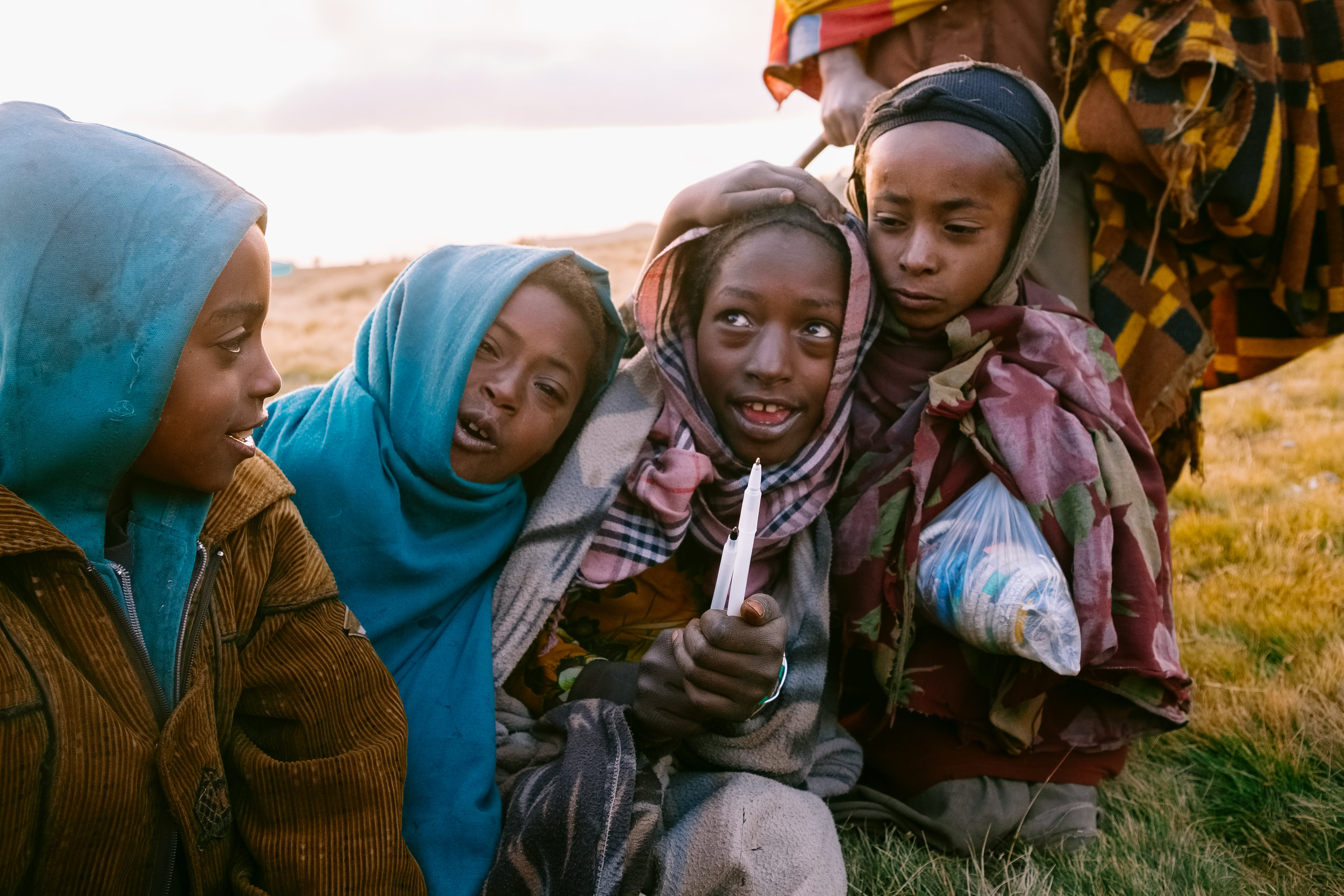


Our young kitchen hand gazes into the landscape, lost in thought as we slowly make our way down the mountain.
Stuck on the window is a picture of Ethiopia's most popular Emperor - King Tewodros the Second, who's immortal charisma extends even to the youth of today.
When we asked about Tweodros, Meske's eyes lit up, "Oh you mean Teddy? we love him here!"
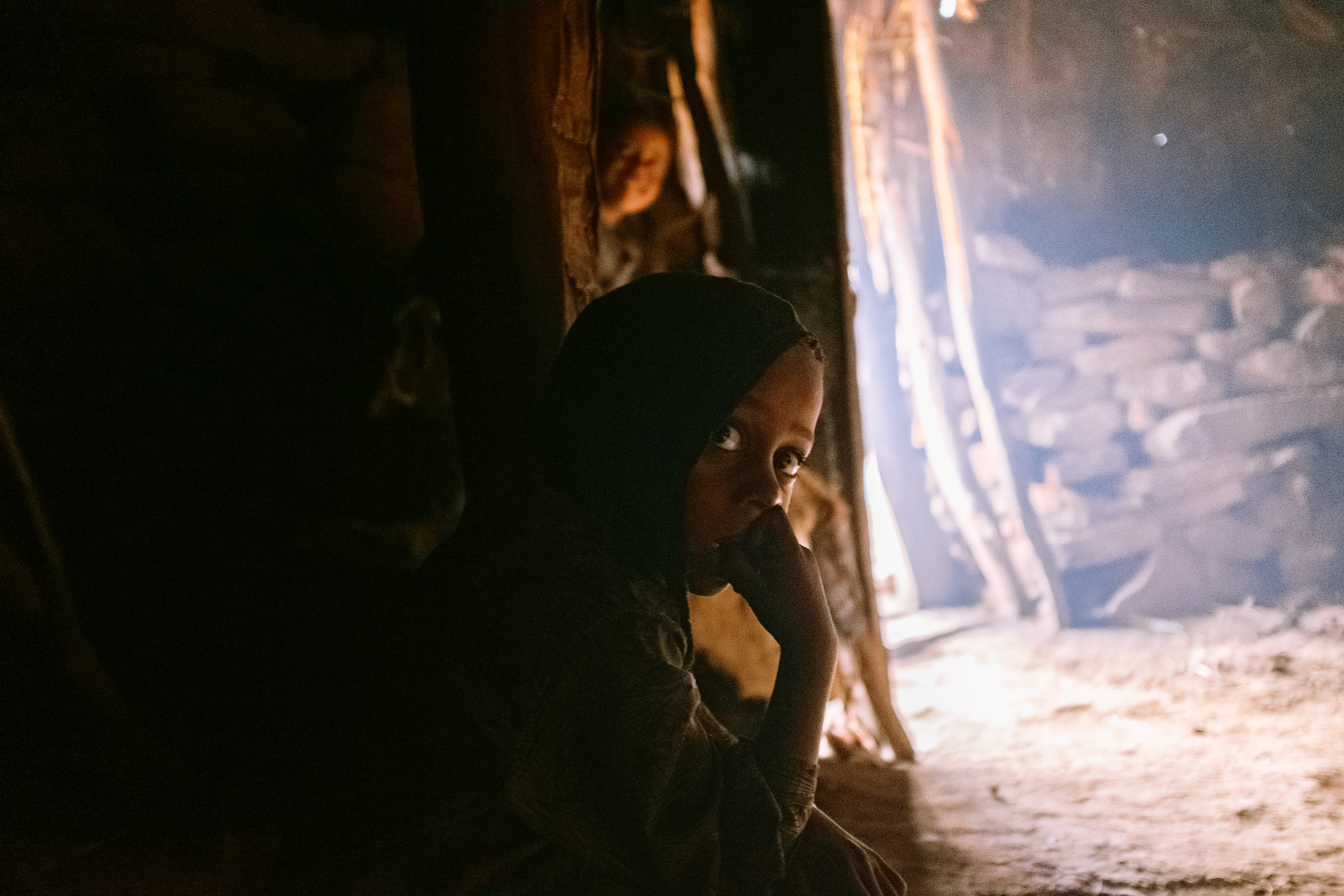
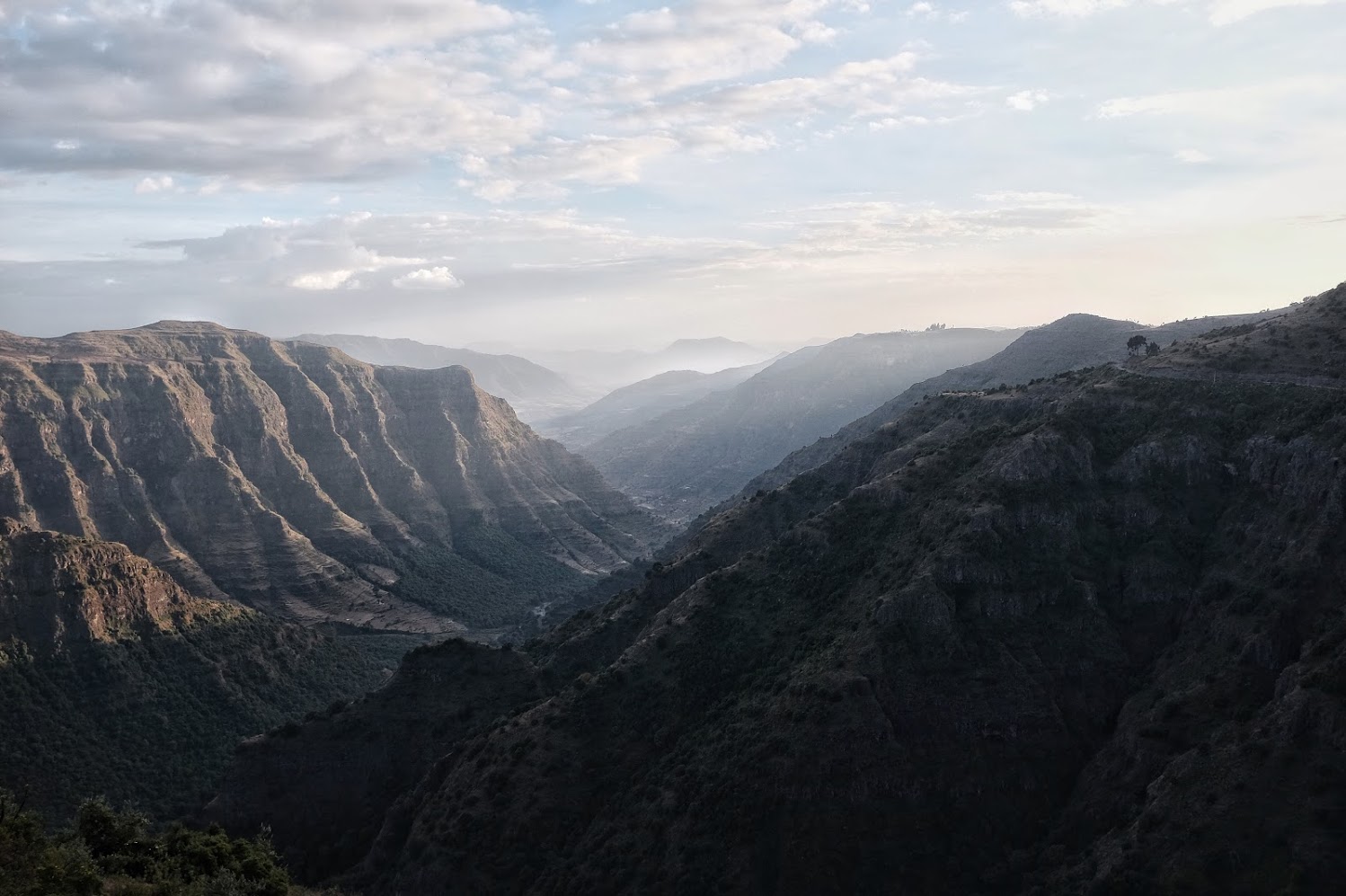
All the way down, our kitchen hand seemed anxious. He kept checking his phone, waiting for cell reception to kick in. When he finally got through, he spoke quickly and in whispers, trying his best to not draw attention to himself.
When he hopped off, I asked our guide what the boy had said on the phone. "I'm coming home for dinner." Our guide said.
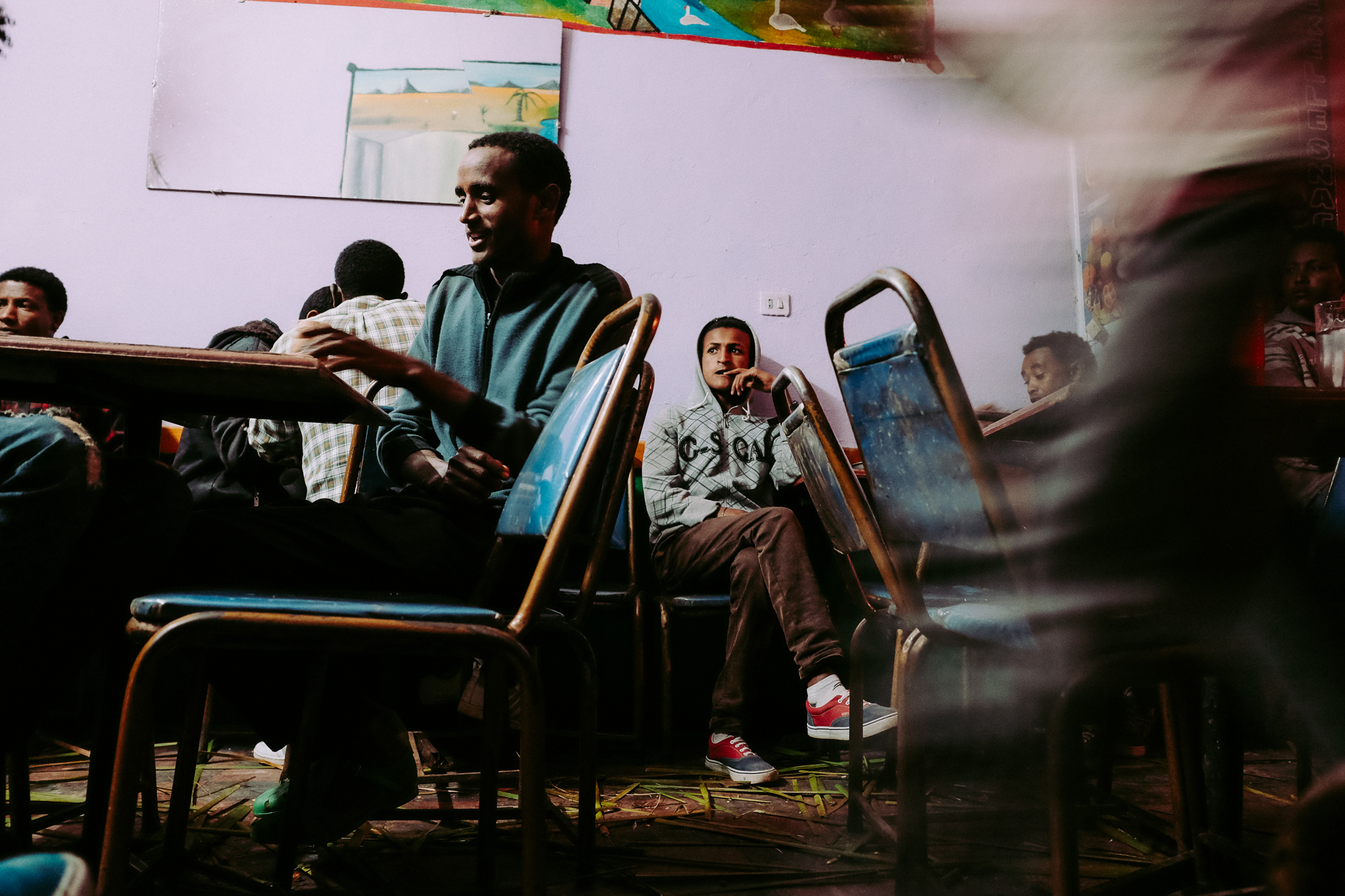

Due to bandit and insurgent activity around the area, the Ethiopian government has made it mandatory for all tour groups to be accompanied by the Ethiopian army at all times in the Dallol area.

Dallol, also known as "The colorful area" is, geologically speaking, one of the strangest places on Earth. In place of rocks, there were bright red hills of iron oxide, instead of water, you have pools of bright green neon. Entering it feels like stepping onto an alien planet - salt crystals in the shape of large tree stumps, clusters of yellow sulphur geysers spluttering smoke and acid everywhere.
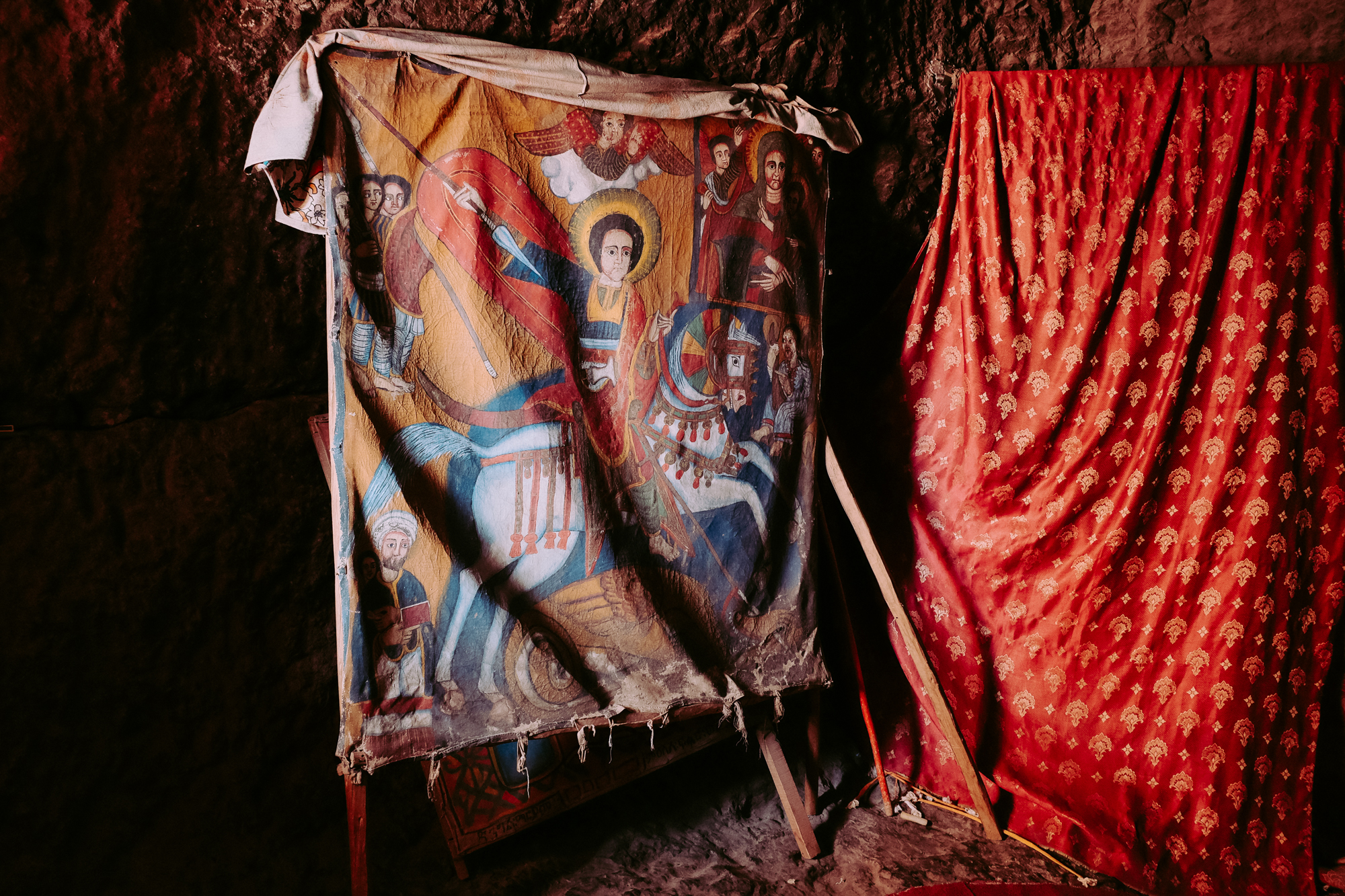
Over the centuries, the church has amassed a significant collection of art work - offerings from pilgrims far and wide. Without the expertise to conserve and archive these relics, many pieces are left out to gather dust. According to our guide Sofi, this depiction of the church's namesake slaying a dragon dates back to the 19th century.

Ancient symbols cover the ceilings of the churches in Lalibela. These ancient symbols are ubiquitous in Ethiopia. You can find them decorating the most banal of objects - a coffee table, a dinner plate or even a bench outside a toilet.
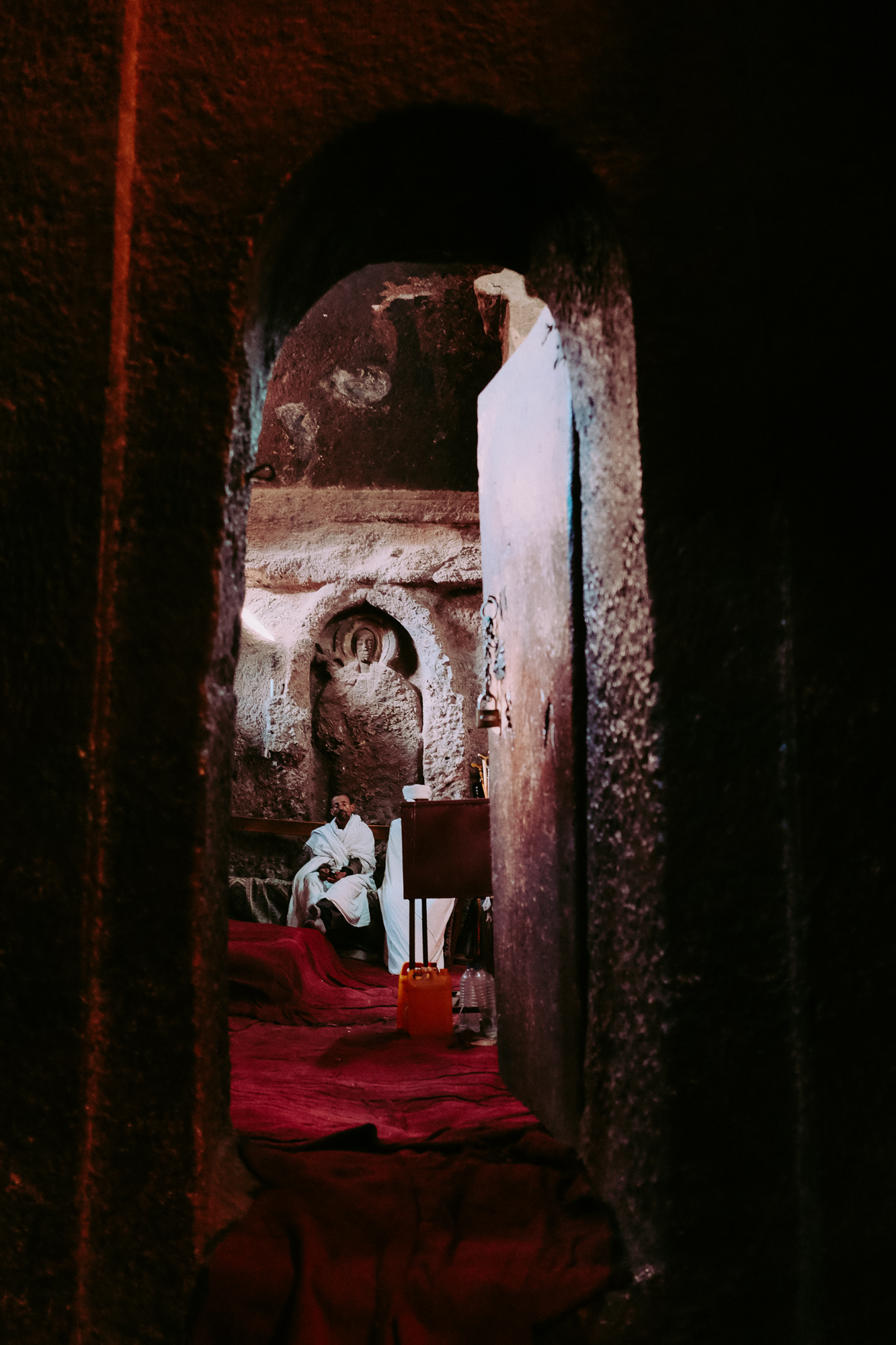
12th Century AD, Amhara – Realizing that too many of his subjects were dying on their pilgrimages to Jerusalem, king Lalibela set his mind towards creating a 'New Jerusalem' in Ethiopia.
For reasons still unclear, instead of building churches from the ground up, Lalibela decided to chisel these monolithic churches right into the solid granite ground.
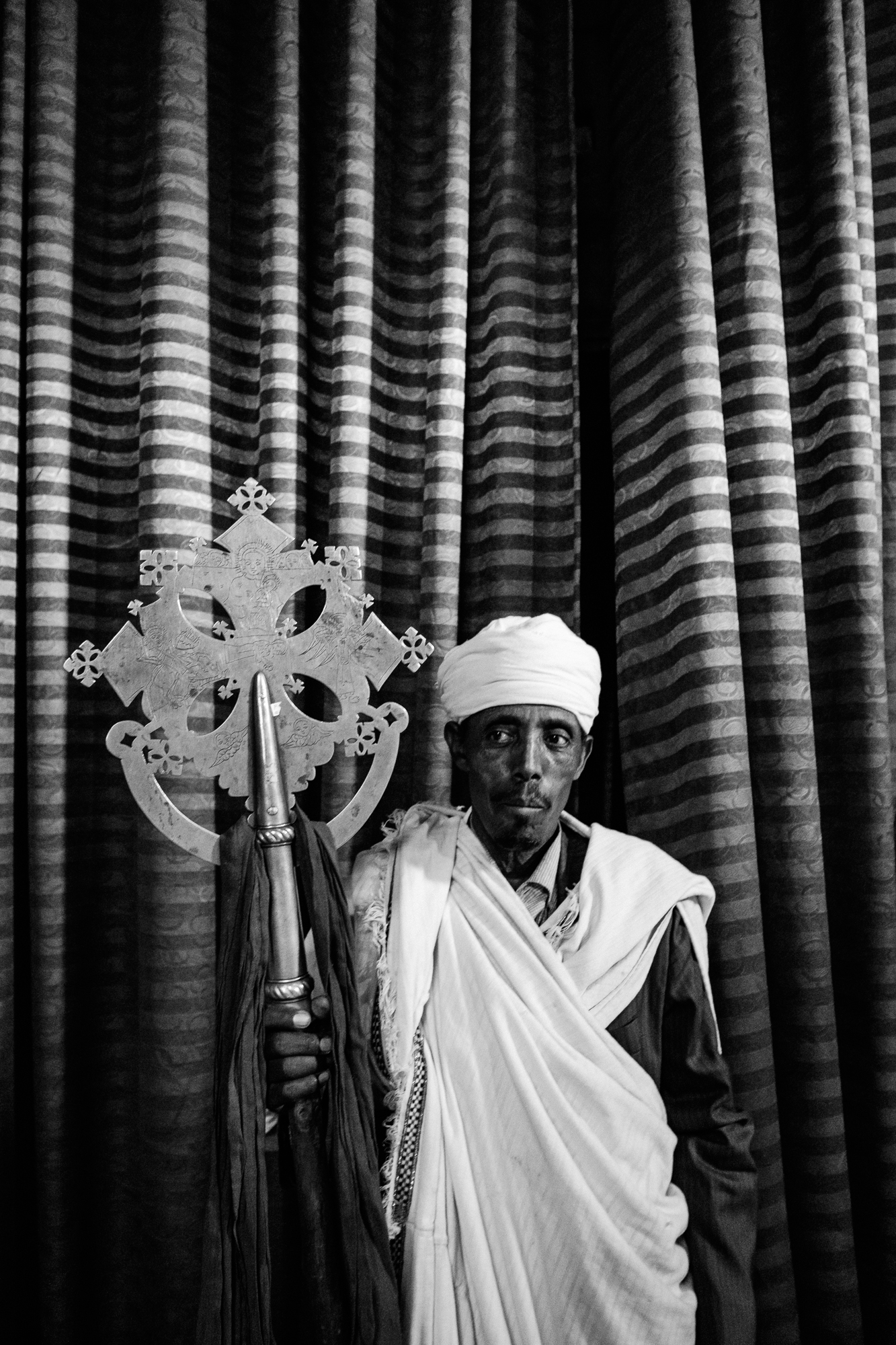
A priest holds up an Ethiopian Orthodox Cross - a narrative of Christ's crucifixion and Ascension is scratched into its brass surface.
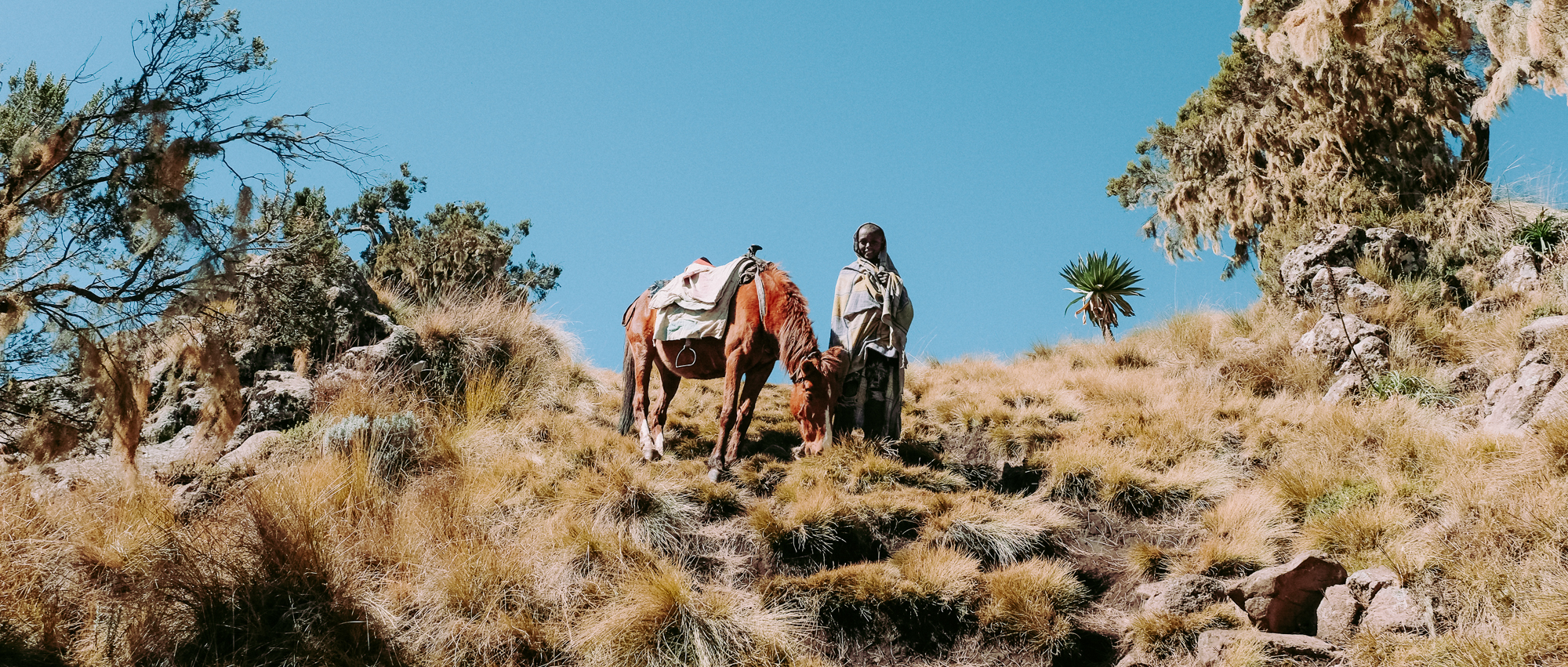
























Putting big city fashionistas to shame - A pair of well dressed Afar youths looking cool by the main road of a highway village.
A young boy watches as kids play and goof around on their way home from school.
Bulbula runs through a small settlement that's located just a stone's throw west of the airport. To the left sits Abune Gorgorios, one of the hundreds of churches that dot the city.
The sound of roaring magma (eerily reminiscent of ocean waves) fills the still desert air as dawn breaks in the distance. Despite the region's famous inhospitality, the volcano manages to draw hundreds of tourists a year to Afar, eager to see "The Gateway to Hell" with their own eyes.
Excited chatter falls to deadly silence as the volcano mouth comes into full view. Awestruck, tourists are known to sit in silence for hours on end gazing into its depths.
Yohannes our guide looks at @iamjaynedoe and I and shrugs, "Me? I cannot do it. Honestly, if you ask me, I'd rather die." I was surprised - Yohannes was a tough-looking guy. When I pointed out that he definitely looked stronger and sturdier than any of the Afar or Tigray miners working the salt, he explained to us that it's not the body but the mind. "These men have been doing this for over 2500 years." "First the Tigray workers will ram the poles into the salt and use their body weight to pry it out of the ground. Then, the Afar workers will cut the larger pieces into the tiles. They will then walk with their camels for 7 days to Mekele where each tile will sell for about 14 Bir (70 cents) and they will do this all their lives." At the salt plains there was no shelter or water to drink. With the sun raging down, I couldn't stand being out there for a mere 20 minutes, let alone my entire life.
In Danakil, there is no water or shelter and daytime temperatures can soar to over 50 degrees celcius. Trading is done in Mekele (a 7 day walk away) where the tiles fetch around 14 Bir (70 cents) a piece.
Rumour has it that a private mining company has shown interest in setting up a plant to mine and process the 800 metre deep salt lake. A tricky situation as no one, not even the government can lay claim to the lake other than the Afar and Tigray miners. "I hope they don't try". Yohannes said as we made our way back to the air-conditioned comfort of our land cruisers. "Because people are going to die, and I don't mean the miners."
Many farmers lost their homes when the Simien mountains were declared a Unesco World Heritage Site in 1978. These families used to live side by side with some of the world's most endangered animals. Although significant resources have been poured into relocation efforts, many still prefer their lives up in the misty highlands. These days only a few small communities remain living within the reserve.
Here the shadow of a passing cloud darkens a lowland village.
Our young kitchen hand gazes into the landscape, lost in thought as we slowly make our way down the mountain.
Stuck on the window is a picture of Ethiopia's most popular Emperor - King Tewodros the Second, who's immortal charisma extends even to the youth of today.
When we asked about Tweodros, Meske's eyes lit up, "Oh you mean Teddy? we love him here!"
All the way down, our kitchen hand seemed anxious. He kept checking his phone, waiting for cell reception to kick in. When he finally got through, he spoke quickly and in whispers, trying his best to not draw attention to himself.
When he hopped off, I asked our guide what the boy had said on the phone. "I'm coming home for dinner." Our guide said.
Due to bandit and insurgent activity around the area, the Ethiopian government has made it mandatory for all tour groups to be accompanied by the Ethiopian army at all times in the Dallol area.
Dallol, also known as "The colorful area" is, geologically speaking, one of the strangest places on Earth. In place of rocks, there were bright red hills of iron oxide, instead of water, you have pools of bright green neon. Entering it feels like stepping onto an alien planet - salt crystals in the shape of large tree stumps, clusters of yellow sulphur geysers spluttering smoke and acid everywhere.
Over the centuries, the church has amassed a significant collection of art work - offerings from pilgrims far and wide. Without the expertise to conserve and archive these relics, many pieces are left out to gather dust. According to our guide Sofi, this depiction of the church's namesake slaying a dragon dates back to the 19th century.
Ancient symbols cover the ceilings of the churches in Lalibela. These ancient symbols are ubiquitous in Ethiopia. You can find them decorating the most banal of objects - a coffee table, a dinner plate or even a bench outside a toilet.
12th Century AD, Amhara – Realizing that too many of his subjects were dying on their pilgrimages to Jerusalem, king Lalibela set his mind towards creating a 'New Jerusalem' in Ethiopia.
For reasons still unclear, instead of building churches from the ground up, Lalibela decided to chisel these monolithic churches right into the solid granite ground.
A priest holds up an Ethiopian Orthodox Cross - a narrative of Christ's crucifixion and Ascension is scratched into its brass surface.